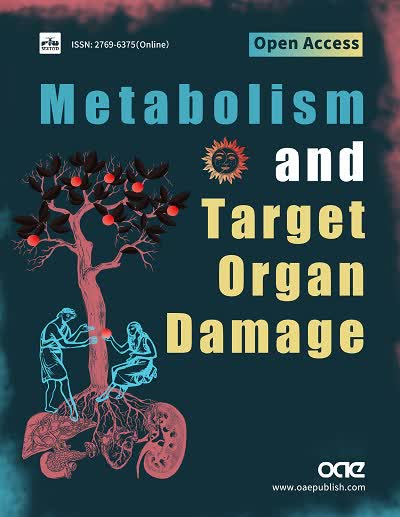fig2

Figure 2. Mouse genotyping strategy used in our study. (A) The locations of primers used for genotyping and the expected sizes of PCR amplicons are shown; (B) DNA isolated from ear punches of mice was genotyped for internal control and Cre transgene. Animals 281, 284, 285, 286, and 288 tested positive, while animals 282, 283, 289, 292, 293, and 294 tested negative for Cre. The 415 bp internal control was amplified in each PCR reaction; (C) DNA isolated from ear punches of mice was genotyped for kindlin-2 (Fermt2) wild type and null alleles. Animals 280, 283, 284, 286, 287, 288, 289, and 291 are homozygous for the kindlin-2 null allele, animals 281, 282, and 290 are heterozygous for the null allele, and animal 285 carries two copies of the kindlin-2 wild-type allele. For details on the PCR strategy, please refer to the Material and Methods section. For the images shown in Figure 2B and C, we used 1% agarose gels with a running buffer of 1 x TAE buffer (10 mM Tris, pH 8.0, 0.1 mM EDTA). Gel electrophoresis was performed at 4 oC for 90 min at 140 V. It should be noted that the Cre-preceded promoter that drives deletion of the kindlin-2 (Fermt 2) gene was derived from the hepatocyte nuclear factor-1β (Hnf1β) gene, which is active only in biliary and pancreatic epithelium operative in embryonic life until adolescence. CRTL: Control; KIND2: kindlin-2.








